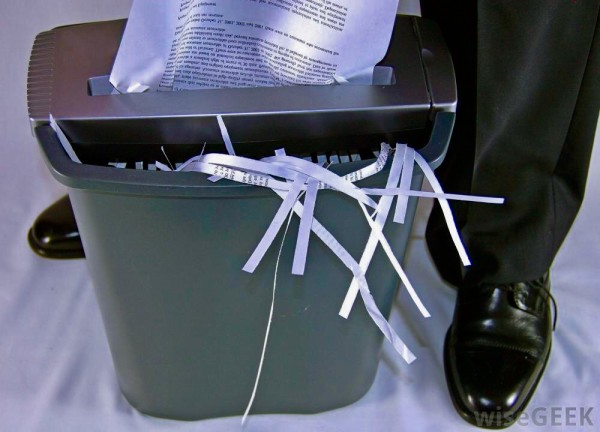Ontario’s Court of Appeal recently addressed the issue of “discoverability” in a contractor negligence and public health authority claim.
In Presley v. Van Dusen, 2019 ONCA 66, the homeowners retained a contractor to install a septic system in 2010. After the installation was completed and approved by the inspecting public health authority, the homeowners noticed a smell from the system in 2011. By the spring of 2013 there was smell and sewage emanating from the system. Throughout, the contractor assured the homeowners that he would fix the problem and made several attempts to do so. In Summer 2015, the health authority issued an Order to Comply, requiring the homeowners to replace the system.
The homeowners commenced an action in August 2015 against the installation contractor and, in January 2016, added the public health authority that approved the initial installation as a defendant to that action. The question was: were the homeowners out of time to commence such proceeding?
At first instance, the Trial Judge held that the two-year limitation period to bring the action had passed, finding that by Spring 2013, when there was smell and sewage coming from the system, any reasonable person would know that injury, loss or damage had occurred and was caused or contributed by an act or omission of the contractor.
However, the Ontario Court of Appeal (“ONCA”) overturned the Trial Judge’s decision, holding that the Trial Judge failed to conduct an analysis under section 5(1)(a)(iv) of the Limitations Act as to when the homeowners knew or should’ve known that a proceeding would be an appropriate means to remedy their loss or damage.
Contrary to the Trial Judge’s finding, the ONCA found that the homeowners were not aware in Spring 2013 (and, under section 5(1)(b) of the Limitation Act, a reasonable person in their situation would not have known) that an action would be an appropriate means to remedy their loss or damage, because they had reasonably relied upon the contractor’s assurances that the problem could (and would) be fixed. The ONCA determined that the homeowners were entitled to rely on the contractor’s superior and knowledge and expertise (even though he was not a member of a traditional expert profession). The ONCA’s finding was that the homeowners did not know that an action would be an appropriate means to remedy their loss until the contractor had given up on remediation efforts in Spring 2014.
Thus, the ONCA ultimately held that the homeowners had commenced their action within the two-year limitation period. In addition, the ONCA found that the homeowners’ claim against the health unit was also brought within the two-year period. There are important implications in this decision, as third parties such as manufacturers may be exposed to extended limitation periods as a result of the mitigating actions and representations of others such as a contractors or service providers.
A copy of the decision can be found here.





